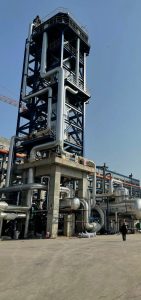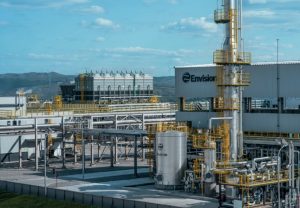
Press Release: ATOME sign definitive Offtake Agreement with Yara to purchase entire production from the Villeta Project
Yara signs minimum 10-year offtake agreement with ATOME for the purchase of ATOME's entire 260,000 tonne-per-year low-carbon fertilizer production at the Villeta Project in Paraguay






